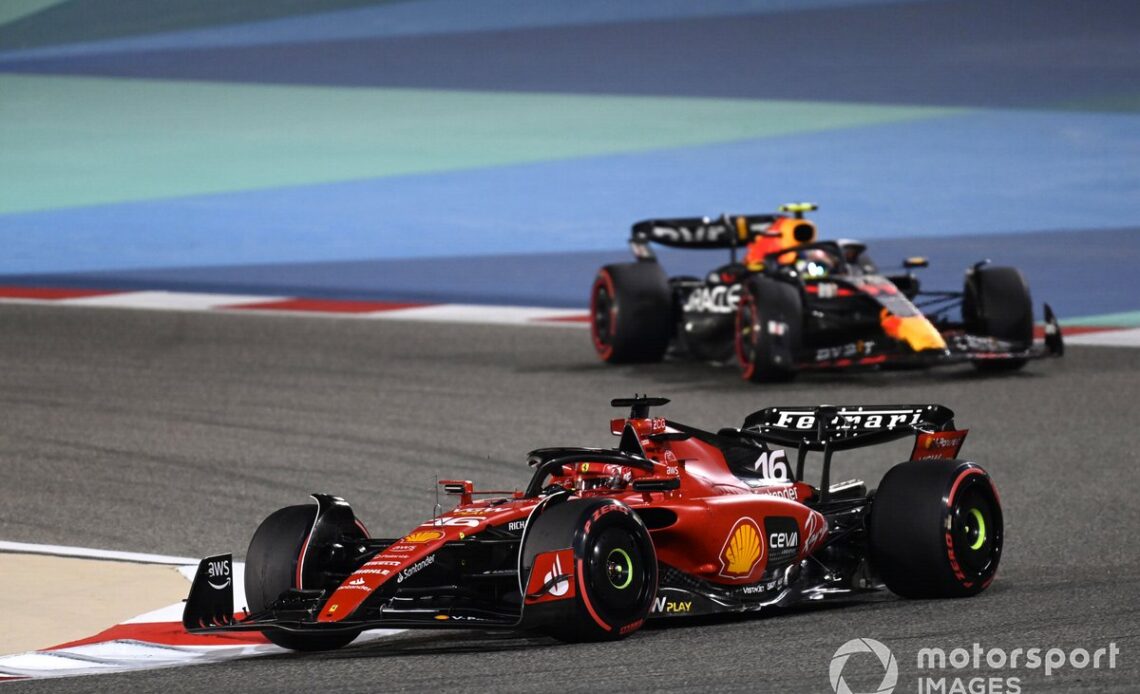Certainly, the first two contests on the Jeddah Corniche Circuit haven’t been short of talking points. See Verstappen clipping the wall in 2021 to scupper his hitherto sensational Q3 lap before the title battle with Lewis Hamilton took another heated turn as the protagonists repeatedly went wheel-to-wheel between red flags before their infamous collision.
Then, last year, after the very credible threat of a driver boycott in response to the nearby missile strike was avoided, Verstappen and Charles Leclerc entertained with a second DRS duel hot on the heels of their spar in Bahrain. That track record is short. But the propensity for Jeddah to breed crashes, safety cars and compelling racing does initially bode well.
However, that promising precedent of course provides nothing in the way of a guarantee. Happily, though, there are other indicators that Saudi will be a closer-fought contest at the sharp end of the grid. For instance, the way in which Red Bull excelled in Bahrain with might be precisely why Ferrari can provide a much more credible challenge only a fortnight later.
Red Bull was the favourite heading into last season’s Saudi GP. Testing and the opening round in Bahrain had revealed that the rebadged Honda engine was working wonders at top speed. Ferrari had the edge under initial acceleration, but the RB18 was king of the speed traps. As a result, the flowing Jeddah street track suited this trait down to the ground.
But the two teams appear to have swapped places for 2023. GPS traces from pre-season running and the race at Sakhir reveal that the new SF-23 now has the legs over its rival machine in a straight line. In turn, Red Bull now has more fire power out of the slower corners but is comparatively out of puff north of 180mph as the Ferrari eventually drags itself in front.
Charles Leclerc, Ferrari SF-23, Sergio Perez, Red Bull Racing RB19
Photo by: Mark Sutton / Motorsport Images
To aid the Ferrari cause, the Saudi lap features three points where speeds exceed this figure. That’s according to data from 2022, the first year of the new ground-effects regulations. In fact, at its peak, the speedometer will keep on climbing to 196mph. If Ferrari can therefore make the straight-line efficiency of its car pay – either in qualifying or by tucking into DRS range of the RB19s – then Verstappen and Sergio Perez might not waltz their way to an unchallenged 1-2 for a second time in quick succession.
What’s more,…
Click Here to Read the Full Original Article at Motorsport.com – Formula 1 – Stories…

